Tags
I find it very easy to slip into focussing on the big (exciting) things we could do to reduce the amount of carbon it takes to heat and light our house, and to forget about the small things. They may be less dramatic, but they can still have a positive impact – and be quick and easy to achieve.
So, here’s three simple things…..
 A new letter flap, covering the gaping hole behind our letter box with thick bristles and a well sprung flap. The postie says it’s a bit harder to get our letters through, but it does cut out a draft. Sorry postie! Cost: £12.99 from our local hardware shop. Hassle: Minimum – two screws.
A new letter flap, covering the gaping hole behind our letter box with thick bristles and a well sprung flap. The postie says it’s a bit harder to get our letters through, but it does cut out a draft. Sorry postie! Cost: £12.99 from our local hardware shop. Hassle: Minimum – two screws.
 This is harder to see, but before a P-profiled strip of rubber was stuck round our door frame, you could see daylight between the door and the frame, especially by the latch. The strip had an adhesive back, so it was good to have a friend to help make sure it stuck where it was needed. Cost: about a fiver for 6 metres, so we had some spare. Hassle: minimum
This is harder to see, but before a P-profiled strip of rubber was stuck round our door frame, you could see daylight between the door and the frame, especially by the latch. The strip had an adhesive back, so it was good to have a friend to help make sure it stuck where it was needed. Cost: about a fiver for 6 metres, so we had some spare. Hassle: minimum
And lastly…
![DSCF5639[1]](https://minute36.files.wordpress.com/2014/11/dscf56391.jpg?w=300&h=225) …reflective foil for behind the radiator, held in place by double-sided sticky pads. We only have three radiators on outside walls so this wasn’t a big job, but it will hopefully keep in some of the heat that might be lost through the walls. The manufacturers claim upto 35%, but since we’ve no reliable way of us measuring it we’ll have to take their word for it. Cost: £8.99 for a 5m roll. Hassle: very little, just needed a pair of scissors and a tape measure and to have a cold radiator so that the adhesive would set.
…reflective foil for behind the radiator, held in place by double-sided sticky pads. We only have three radiators on outside walls so this wasn’t a big job, but it will hopefully keep in some of the heat that might be lost through the walls. The manufacturers claim upto 35%, but since we’ve no reliable way of us measuring it we’ll have to take their word for it. Cost: £8.99 for a 5m roll. Hassle: very little, just needed a pair of scissors and a tape measure and to have a cold radiator so that the adhesive would set.
The only question is why I didn’t get this done last winter. Dunno really. The building work was only just finished, so I guess we were busy decorating and weighing up the the various environmental merits of sofas and cookers. There was a flap of sorts on the letterbox, but we were shoving newspaper round the door frame on the windier days. Given that each of these jobs took less than 15 minutes, there’s no excuse really.

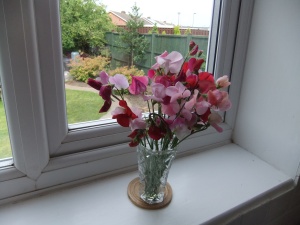


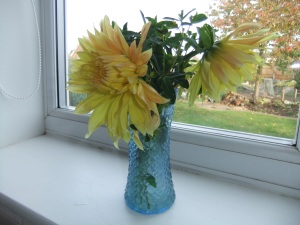




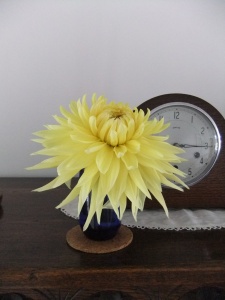



 ,
, 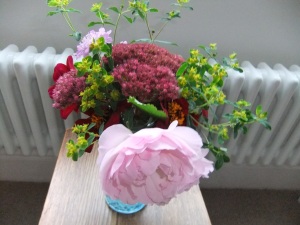


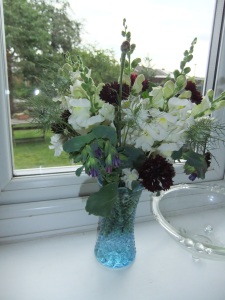


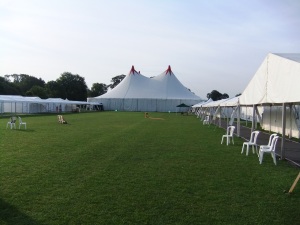

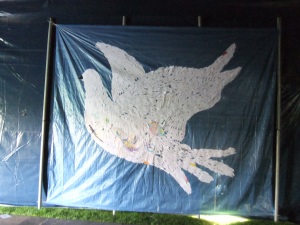



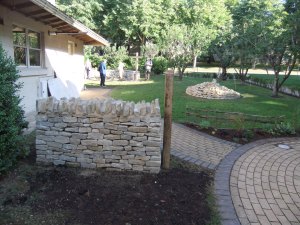


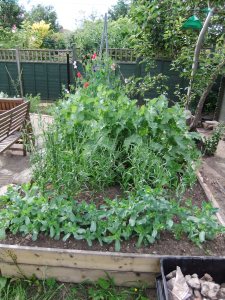







You must be logged in to post a comment.